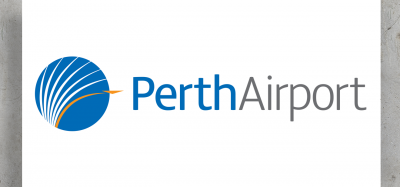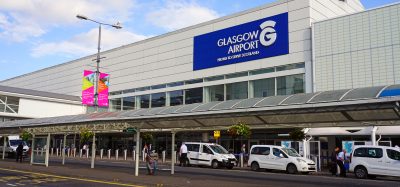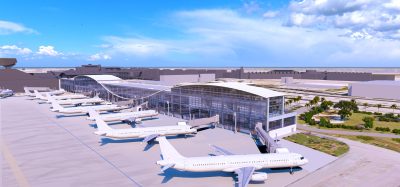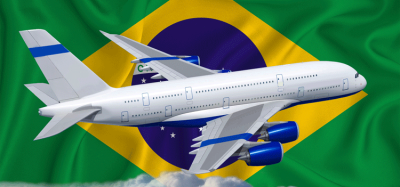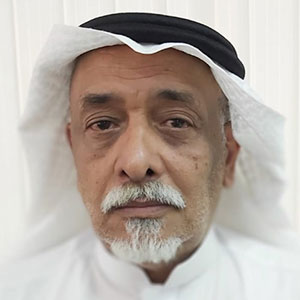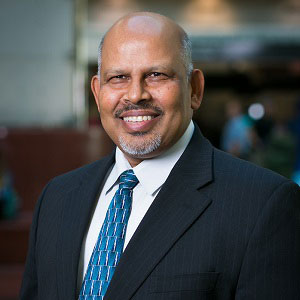Mumbai Airport’s robust medical infrastructure supporting passenger safety
Posted: 15 July 2022 | International Airport Review | No comments yet
Mumbai International Airport has outlined the distinctive role of the resident doctors and how crucial it is the healthcare machinery at one of India’s busiest airports is consistently up and running.
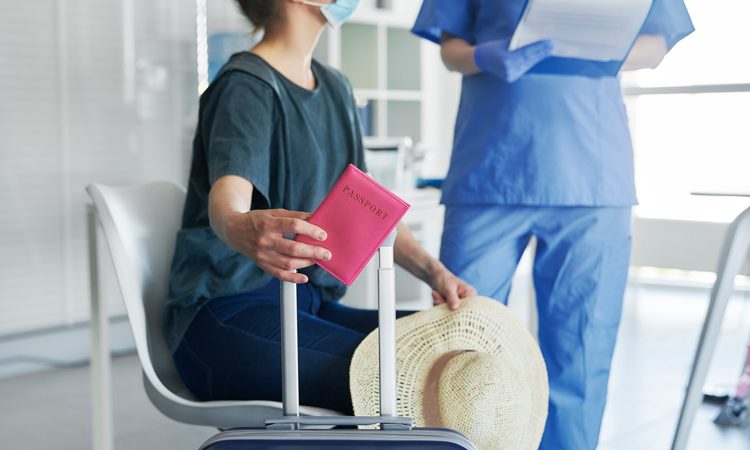

The discipline of practicing medical care in the aviation space is a special area of practice, which isn’t often highlighted in the mainstream discussions. It involves the clinical care and operational support provided to the passengers and the crew members. In this regard, the distinctive role of the resident doctors at Mumbai International Airport (BOM) is key in terms of keeping the healthcare machinery at one of one of the busiest Indian airports up and running. The unique challenges that come being associated with the airport, often pushes the doctors to strive for performing in high pressure situation, with an occupational excellence which keep the operations running smoothly at the airport.
Between 2010 and 2020, the airport medical team has attended over 206,238 medical cases. Of these, about 2,600 cases were severe medical emergencies, who were immediately shifted to near-by hospitals by Mumbai Airport ambulances. On an average doctors at the airport handle about 60 to 80 patients daily and about 1,800 to 2,400 patients monthly. But amidst the regular medical emergencies encountered at Mumbai Airport, the pandemic came as a jolt to the team of doctors. While the nation went into lockdown on 25 March 2020, the team of doctors at the airport were working towards combating the novel virus from as early as 18 January 2020 and continued operations even after the lockdown, as the airport remained functional with international repatriation, charter, military, and cargo flight operations continuously running.
Apart from the standard operations that were carried out in terms of immediate implementation of screening processes and testing at the the airport, the team of doctors and the medical team also undertook the task of keeping the stakeholders informed and abreast of all the developments during the whole process. The medical team also worked hard in anticipation of the resumption of services and ably supported the Airport Health Officer (APHO) and Municipal Corporation of Greater Mumbai (MCGM) ensure compliance with the Centre and State norms which saw revisions as the pandemic saw any developments.
According to senior doctor from Mumbai Airport medical team: “The pandemic surely was a great learning curve for the team at the airport, it put to test the responsiveness towards emergencies and especially the quick turnaround towards implementation of the advisories coming out every day from the state. The two years of pandemic also taught us the significance of building foresight when it comes to anticipating the scenarios that might play out in the coming days and how we can better equip ourselves to tackle the issue in a manner which ensures zero interruptions to the operations. Every medical consideration taken in a space such as the airport needs to be with the background of insulating the flight operations from any possible disturbance.”
TAKE A READ:
Mumbai Airport features in top 10 of World’s Best Airport Skytrax Awards
Mumbai Airport introduces ‘Integrated Security Check Points’
In the wake of the pandemic, Mumbai Airport undertook meticulous efforts to set up an iron-clad medical support system at the airport.
- At any given point of time, there are five doctors available at the airport, two at Terminal 1 and three at Ternimal 2
- The airport currently has the highest number of medical-relief centres (with four medical centres and three first-aid centres) than any airport has in India, which are operational 24X7 and are located at key locations at the airport
- It also is the only airport to have the largest number of Automated External Defibrillator (AED), 119 AEDs installed at various strategic locations of the terminal where the retrieval time of nearest AED is not more than three minutes when a passenger collapses with Sudden Cardiac Arrest
- The airport is also the only Indian airport to have seven ambulances (four Advanced Life Support and three Basic life Support/Crash) available at the airport on 24×7 basis
- More than 2500 Mumbai Airport stakeholders and employees including Immigrations, CISF, airlines, etc, are trained in CPR & AED usage by conducting regular in-house AED & CPR training by CSMIA Medical Team so that crucial life saving measures are started even before the airport medical team arrives at the scene.
The location of Airport Medical Centers are as follows:
- Terminal 1 near Staff Entry gate
- Terminal 2 Level 4 Departure near Island M
- Terminal 2 Level 2 South West Pier
- Terminal 2 Level 2 South East Pier.
The location of First Aid Centers are as below:
Join our free webinar: Beyond silos: How ecosystem thinking elevates the airport experience
In today’s complex aviation landscape, airports are moving beyond siloed operations to embrace a new era of collaboration. This webinar focuses on how leading airports are using ecosystem thinking to adapt, personalize, and continuously improve every touchpoint, boosting both passenger satisfaction and non-aeronautical revenue.
Date: 13 Nov | Time: 10:00 GMT
REGISTER NOW TO SECURE YOUR SPOT
Can’t attend live? No worries – register to receive the recording post-event.
Related topics
Airport development, Airside operations, Cargo, COVID-19, Passenger experience and seamless travel, Safety, Terminal operations




